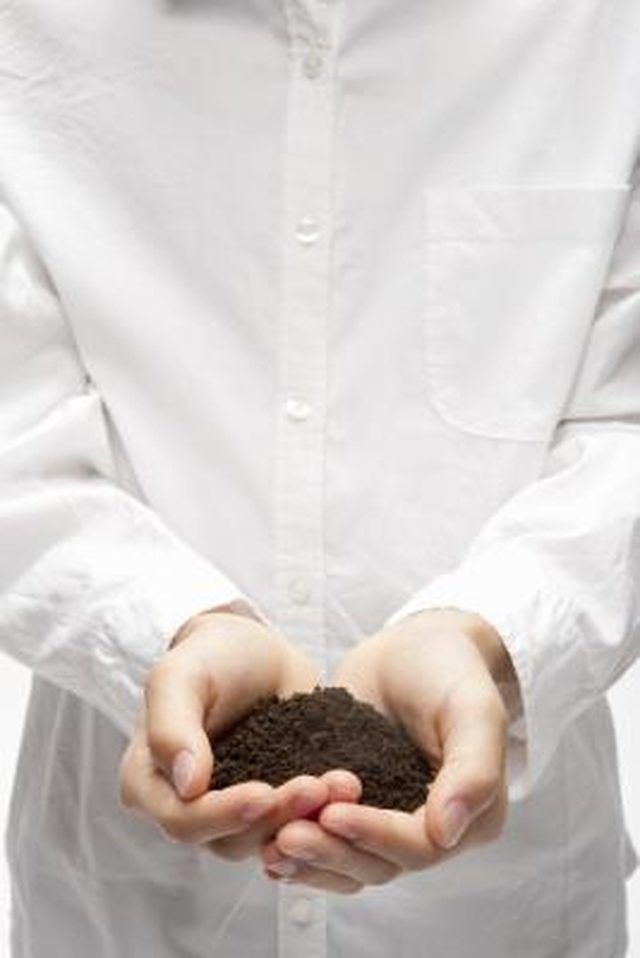Bulbs
Flower Basics
Flower Beds & Specialty Gardens
Flower Garden
Garden Furniture
Garden Gnomes
Garden Seeds
Garden Sheds
Garden Statues
Garden Tools & Supplies
Gardening Basics
Green & Organic
Groundcovers & Vines
Growing Annuals
Growing Basil
Growing Beans
Growing Berries
Growing Blueberries
Growing Cactus
Growing Corn
Growing Cotton
Growing Edibles
Growing Flowers
Growing Garlic
Growing Grapes
Growing Grass
Growing Herbs
Growing Jasmine
Growing Mint
Growing Mushrooms
Orchids
Growing Peanuts
Growing Perennials
Growing Plants
Growing Rosemary
Growing Roses
Growing Strawberries
Growing Sunflowers
Growing Thyme
Growing Tomatoes
Growing Tulips
Growing Vegetables
Herb Basics
Herb Garden
Indoor Growing
Landscaping Basics
Landscaping Patios
Landscaping Plants
Landscaping Shrubs
Landscaping Trees
Landscaping Walks & Pathways
Lawn Basics
Lawn Maintenance
Lawn Mowers
Lawn Ornaments
Lawn Planting
Lawn Tools
Outdoor Growing
Overall Landscape Planning
Pests, Weeds & Problems
Plant Basics
Rock Garden
Rose Garden
Shrubs
Soil
Specialty Gardens
Trees
Vegetable Garden
Yard Maintenance
What Is the White Stuff in Potting Soil?
What Is the White Stuff in Potting Soil?. Potting soil (fresh from its packaging) is a combination of organic materials and soil that also may include perlite, compost, bark, vermiculite, peat or sphagnum moss, sand, or water-retention crystals. Perlite and vermiculite are the white particles or pebble-like bits in the mix.

Potting soil (fresh from its packaging) is a combination of organic materials and soil that also may include perlite, compost, bark, vermiculite, peat or sphagnum moss, sand, or water-retention crystals. Perlite and vermiculite are the white particles or pebble-like bits in the mix.
Perlite
When volcanic rock is heated to 1,800 degrees Fahrenheit, it creates a porous, lightweight, sterile material called perlite. Perlite is used in potting soil to lighten the soil and provide better drainage. It does not hold moisture or nutrients well and has a near-neutral pH of 7 to 7.5.
Vermiculite
Mica heated to 1,800 degrees Fahrenheit becomes vermiculite. In potting mixes, it helps retain moisture and nutrients, and helps to aerate the soil. It is extremely lightweight, has a pH of 6.5 to 7.2, and contains plant-accessible traces of calcium, magnesium and potassium.
Considerations
If you decide you want a lighter mix by adding perlite or vermiculite, keep the plant's needs in mind. Xeric, succulent or desert plants would prefer perlite for better drainage, while water and nutrient-hungry plants would benefit from vermiculite. Don't go overboard on perlite: it can cause fluoride burn in the leaves of some plants.